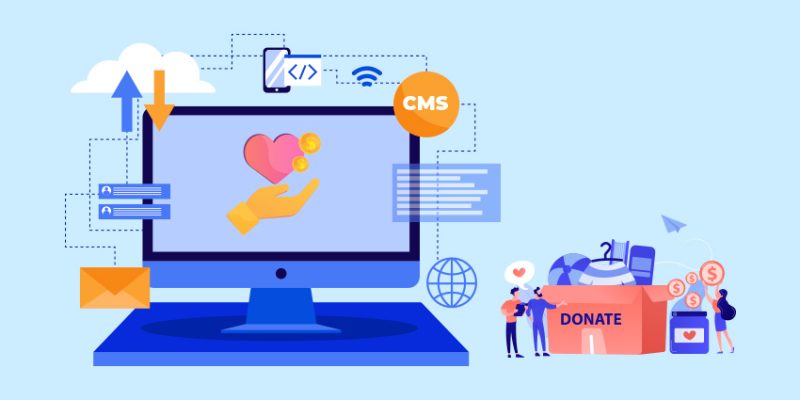Some nonprofit staff who have done Salesforce donation management for years still make mistakes that compromise the quality and completeness of donor records. Here are some common data management pitfalls in the Salesforce Nonprofit Success Pack along with tips for improvement. Recognizing issues that may arise when managing donor data in NPSP or doing RE system integration can help data managers identify and resolve problems.
How You Can End up With Duplicate Records & Using Omatic to Get Rid Of Them
Salesforce has a reputation for being more user-friendly than Raiser’s Edge, but this software is still complex. It is easy to end up with duplicate records when accessing partial constituent data from external sources such as fundraising software. NPSP supports the use of internal duplicate rules, but variations in information can cause records to slip through this filter.
The MergeOmatic integration utility in Omatic Cloud makes deduplication easier and faster. Proprietary similarity-scoring engines automate this detail-oriented task to ensure you identify every instance of duplication without having to manually review every record. Omatic offers an array of resources for identifying inconsistencies in donor data and making records more complete and correct.
Tracking Unnecessary or Irrelevant Data Points
Another common mistake nonprofit data managers make is trying to keep track of every data point across platforms. In addition to making NPSP and Raiser’s Edge integrations more complicated, the superfluous data an organization ends up with can make records more crowded and confusing without the benefit of greater use value.
One of the first steps toward successful software integration involves identifying which data is relevant for use in future fundraising campaigns. It can be tempting to share every single data point across platforms to populate the most complete records possible, but if data is not practical for use, it is more beneficial to leave it out of imports and exports.
Leaving Data Siloed & How Integration Can Help
Important data should never stay stuck on any single platform. If data is useful, a lack of connectors that allow for imports and exports is a data management problem. Siloed data is not as useful or valuable as data available to any system where it can be implemented in donor outreach, fundraising campaigns and other organizational initiatives.
As suggested above, an early step toward integration involves identifying data that needs to be made available across databases. Planning ahead is important to ensure that data does not become siloed. If an organization starts to use other software or external tools down the road, it is necessary to reassess data availability needs and use integration software to ensure that new data is added to existing constituent records and that new entries are created as needed.
Duplicate records, irrelevant data points and siloed data are donor management problems that plague many not-for-profit organizations. An organization that pursues Salesforce donation management best practices can use specialized software to take an approach to integration that simplifies deduplication, encourages an organization to prioritize data management and ensures that valuable donor data is not confined to a single database.
